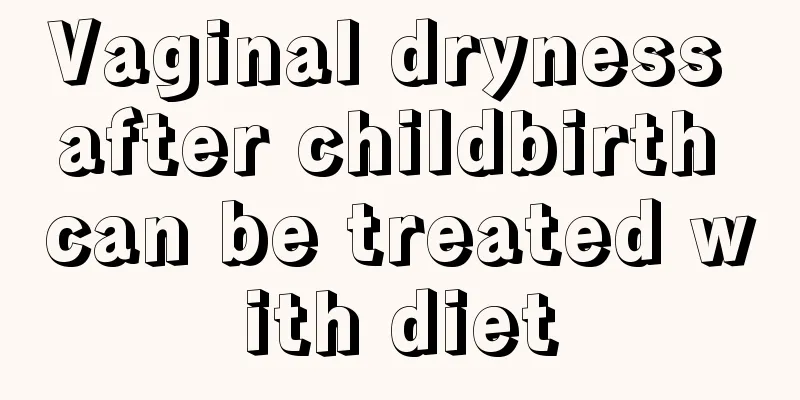Congenital Scoliosis: When to be conservative? When to be surgical?

|
Author: Shen Jianxiong, Chief Physician, Peking Union Medical College Hospital Reviewer: Zhang Zhihai, Chief Physician, Guang'anmen Hospital, China Academy of Chinese Medical Sciences Congenital scoliosis is a spinal structural abnormality that exists at birth and manifests as a lateral curvature of the spine. It is divided into three types according to spinal development disorders, including formation disorders, dyssegmentation and mixed types, with different severity and development speed. For this type of disease, the choice of treatment plan is crucial, taking into account the patient's age and development trend as well as the safety and effectiveness of the treatment. In cases where the condition is mild and the progression is slow, conservative treatment is often the first choice for congenital scoliosis. The core idea is to limit further scoliosis of the spine through external forces (such as plaster, braces, etc.) to maintain the stability of the spine. For younger patients, especially those under 5 years old, plaster becomes the preferred conservative treatment due to its good fit and durability. Plaster can fit the patient's body tightly and effectively limit the scoliosis of the spine, but its replacement cycle is short, usually needing to be replaced every three to six months, and general anesthesia is required for replacement, which may increase certain risks. In contrast, although braces are easy to wear and can be removed at any time, their effects are often not as significant as plaster. Conservative treatment requires regular follow-up examinations and spinal X-rays every 6 months. Careful measurement and comparison can be used to determine the development and prognosis of scoliosis. Figure 1 Original copyright image, no permission to reprint It is worth noting that conservative treatment is not effective for all patients with congenital scoliosis. Studies have shown that about 25% of patients can achieve a certain degree of improvement through conservative treatment, while the remaining patients may require surgical intervention due to rapid progression of the disease. In addition, conservative treatment cannot fundamentally solve the cause of spinal deformity, but can only delay the progression of the disease to a certain extent. When conservative treatment cannot effectively control the condition or the patient has obvious scoliosis, surgical treatment becomes a necessary option. The goal of surgical treatment is to correct spinal deformity, restore the normal physiological function of the spine, and minimize the impact on the patient's growth and development. Congenital scoliosis can be treated surgically in a variety of ways, depending on the patient's age, severity, and type of deformity. For localized deformities (such as a single hemivertebra), a hemivertebrae resection can be performed for local correction, while for more extensive deformities, more complex surgical options such as growing rods may be required. Growing rod technology achieves gradual correction of the spine by periodically adjusting the length of an internal growing rod to accommodate the patient's growth and development needs. Figure 2 Original copyright image, no permission to reprint The number of surgeries depends on the patient's specific condition and the surgical procedure used. For one-time surgeries such as hemivertebrae resection, correction is usually completed in one go; whereas for surgical procedures that require multiple adjustments, such as growing rod techniques, multiple surgeries may be required as the patient grows and develops. It is worth noting that new surgical instruments such as magnetically controlled growing rods have been developed, which can control the length of the growing rods in vitro through a magnetic field, thus avoiding the pain and risks of multiple surgeries. Although modern medical technology has significantly improved the safety and success rate of congenital scoliosis surgery, there are still certain risks in surgery. Complications may include nerve damage, infection, bleeding, etc. Therefore, adequate evaluation and preparation should be carried out before surgery to develop a reasonable surgical plan; after surgery, nursing and rehabilitation training should be strengthened to promote the patient's rapid recovery. |
<<: Surgery helps children with kyphosis straighten their backs
>>: Congenital scoliosis: early detection, early treatment, early peace of mind
Recommend
Statista: iPhone 5 is still the most popular mobile phone in 2013
There have been a lot of reports lately that Appl...
Why does the outer thigh feel numb after a cesarean section?
More and more women choose to have children by ce...
There are early signs of Alzheimer's disease! Eating these can prevent it early
Talking about Alzheimer's disease The first i...
Signs of infertility in women
Every woman wants to be a mother, but some women ...
How to freeze zucchini? How to eat old zucchini
Zucchini can be made into a variety of delicacies...
Pathological secrets: the "golden key to diagnosis" of childhood neuroblastoma
Author: Zou Jizhen, Chief Physician, Children'...
Smell is the first sign of a serious illness! 7 odor signals of illness that can be detected
A comatose male patient in his 30s was sent to th...
Protect your baby's skin in winter: Tips for winter children's skin care
Author: Mao Chong Sichuan Provincial People's...
How to braise rainbow trout in a simple and delicious way? How to distinguish salmon from rainbow trout
Salmon and rainbow trout are both fish with high ...
Can a woman have sex after giving birth for one month?
During a woman's pregnancy, many couples choo...
Stomach pain due to vaginal discharge
Under normal circumstances, women will have leuco...
What is the complete list of foods that can nourish the kidneys for women?
In people's perception, many people think tha...
How to clean private parts after childbirth?
Women will experience vaginal bleeding after givi...
What are the reasons for poor breast development in girls?
We also know that breasts are very important for ...
Chop the ginger into small pieces and put it on your navel to treat uterine coldness
A woman's uterus is very important. It not on...









